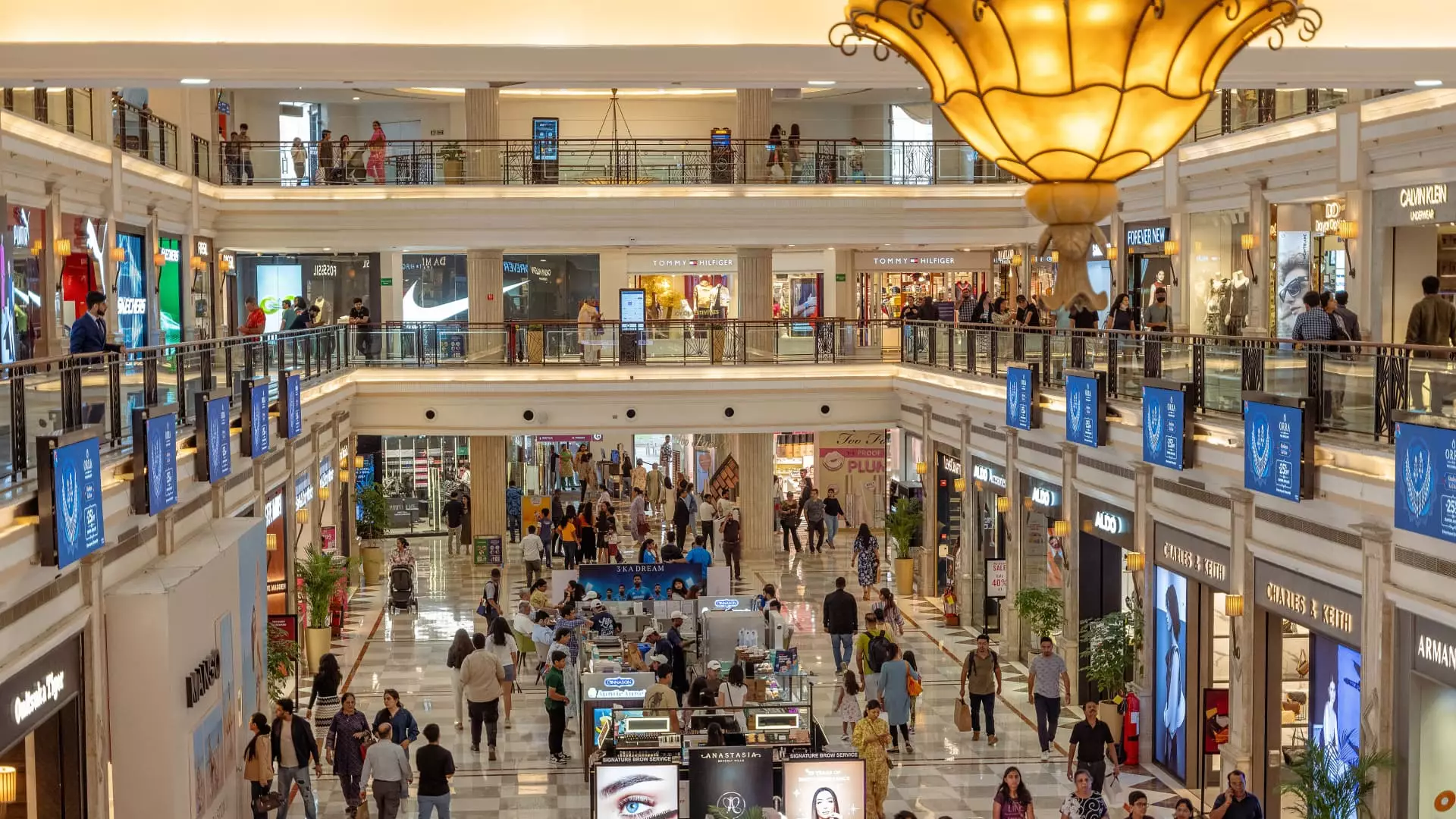India’s recent economic performance has raised eyebrows, particularly following a modest 5.4% growth in the second fiscal quarter ending in September. This figure falls significantly short of the anticipated 6.5% growth predicted by economists and marks a stark contrast to the 6.7% growth experienced in the preceding quarter. Such sluggishness not only indicates a worrying trend for the nation but also places India’s growth at its lowest rate since the final quarter of 2022. For context, the Reserve Bank of India (RBI) had optimistically forecasted a 7% growth rate during this period, further emphasizing the gap between expectations and reality.
Despite the disappointing overall performance, there are some bright spots within the Indian economy. The RBI, in its analysis, highlighted the resilience of the agriculture sector, driven by favorable rainfall and strong reservoir levels. The current kharif season’s favorable conditions have led to substantial sowing of autumn crops, which, paired with heightened consumer spending during the festival season, presents a silver lining for private consumption. This raises an important question: can these components sustain the economy in the wake of broader challenges?
Consumer and business confidence appeared to be improving, which is crucial for economic momentum. The RBI’s assertion that external demand may benefit from improving global trade volumes contributes to a cautiously optimistic outlook. Nevertheless, the question remains about the extent to which these factors can counterbalance the overarching economic slowdown.
While there is an expectation of economic slowdown, analysts like Alicia Garcia Herrero from Natixis believe that a total collapse of the Indian economy is unlikely. Her projection of a 6.4% growth for 2025, albeit with the caveat of an impending dip to as low as 6%, reflects a tempered sense of optimism and realism. This duality presents a clear challenge for policymakers and businesses alike. Although mild growth is still growth, it may not be sufficient against the backdrop of global economic shifts and domestic uncertainties.
The RBI’s projection of a 7.2% GDP growth for the fiscal year ending March 2025 is another optimistic indication that while current trends are disappointing, a recovery could still be on the horizon. However, the potential impacts of international trade dynamics and geopolitical factors must also be considered in this analysis.
The economic interplay between India and global markets cannot be ignored. For instance, Herrero mentioned that under the hypothetical second presidency of Donald Trump, India may not be the focal point amid the reshuffling of supply chains that involves China and other nations. Her comments on potential tariffs regarding Vietnam highlight the evolving landscape of international trade. This could position India in a unique place, enabling it to serve as a production hub for local consumption without being adversely affected by global tariffs, especially those aimed at Chinese products.
Although India’s economy faces challenges evident in recent growth statistics, various internal and external factors provide avenues for cautious optimism. Understanding the intricate dynamics at play will be key for stakeholders navigating this complex economic landscape.

